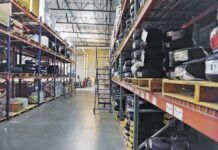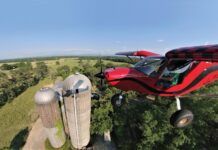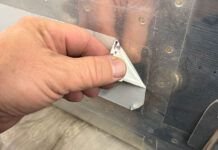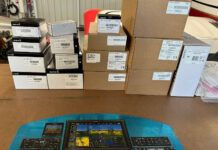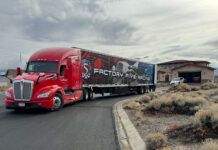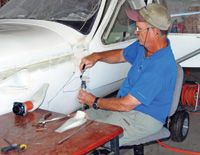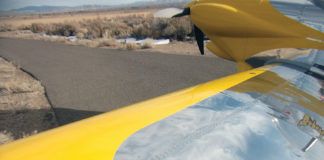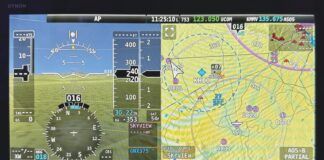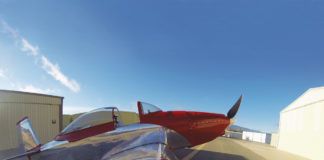Back about 50 years ago, if you bought a kit for an aircraft, what you received was a set of crude plans, some notes on construction, and a box of wood, aluminum, or fiberglass stock. The lumber would be unshaped, the aluminum would be standard stock lengths and sheets, and the fiberglass would be cans of resin and some bolts of cloth. These packages were referred to as “materials kits” because, basically, that is what they were—the raw materials that went along with the plans. Someone had gone through the drawings and figured out about how much stock you needed, (not counting for screw-ups, of course), and everything fit in a nice package because, well, nothing was pre-shaped.
If you decided to get started this way, you had to form ribs, make jigs, and do lots and lots of fabrication. When it came time to start assembling your pile of parts into assemblies, then actual aircraft components, you had to start figuring what hardware you needed: bolts, nuts, washers, screws, and all of that specialized stuff like AN fittings for plumbing and rod end bearings for control systems. If you had worked on or built airplanes before, you had some idea what you were going to need. If you hadn’t, then you either had to make friends with someone who had, or get very familiar with the popular Bingelis books that laid out ways to assemble plumbing and electrical systems using acceptable practices and techniques.
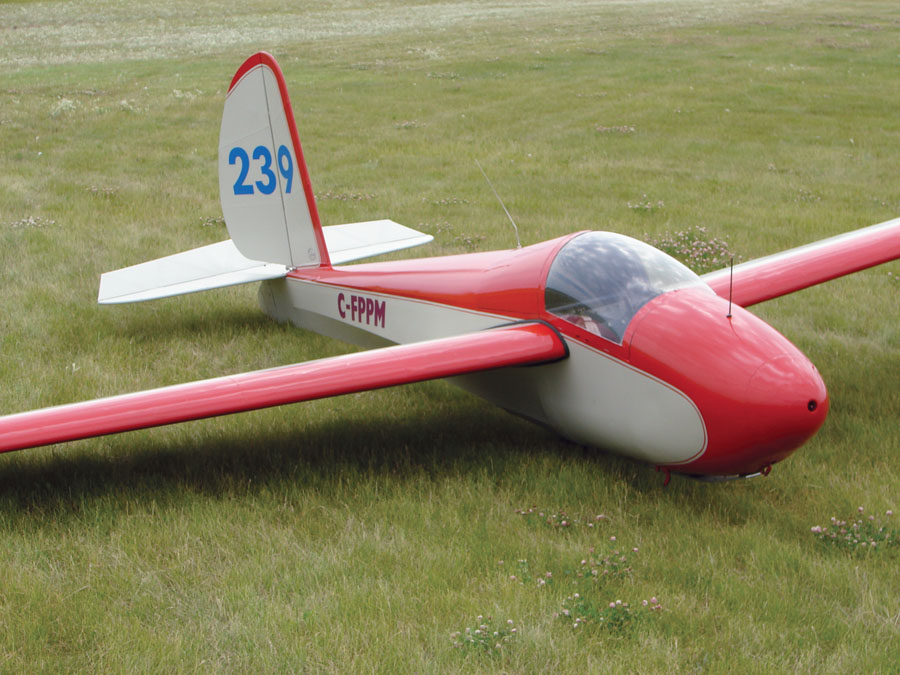
Fast forward to modern day. No matter what you build, you can still be justifiably proud of accomplishing flight with a machine you built—but the kits you can buy are considerably more sophisticated than what there was in the old days. Although the very first truly complete aircraft kit was for the Schweizer 1-26 sailplane back in the 1950s, the world of powered aircraft kits didn’t really crank up until the 1970s, when entrepreneurial builders who wanted to sell their designs started to think more in terms of what consumers wanted rather than simply delivering a set of plans and letting Aircraft Spruce bundle up a materials kit.
The Christen Eagle biplane is considered by many to be the first truly complete kit for an airplane and included just about everything you needed, except maybe a few fluids that didn’t age well in the box. Stories abound about the kit even including razor blades to cut open boxes and the packaging inside. It takes a lot of work to build a kit that complete, and it certainly wasn’t cheap—but a builder could generally get by without an Aircraft Spruce order every week.
Modern kits are generally not quite as inclusive as the legendary Eagle, but that is for a reason: Most builders like to customize their airplanes, choosing their own avionics, engine, interior, paint, etc. If these were all included in the kit, then there would be a lot of wasted hardware as they made different choices. The exception is ELSA kits; they have to be built with materials and components provided by the factory—right down to specific software loads for the EFISes. The point is that the ELSA must be built exactly to the factory specifications, so the kit has to be extremely complete. If you mess up a part, you’ll be getting it from the factory, not your favorite supplier.
The other reason some kits are a little less complete is the good old 51% rule. Sure, all the materials you need are provided—but in order to make sure that you, the amateur builder, complete the major portion of your plane, many parts are often left for you to fabricate from raw stock. Many of these parts are brackets and clips made from angle stock, and most builders get good at turning long pieces into short ones with funny shapes and pilot holes. Measuring and cutting angle brackets is an art that must be learned to get to completion.
I recently unpacked the most complete aircraft kit I have ever purchased, the little SubSonex jet, and I must say that I am impressed. Having built Sonex kits before, I was not sure how much fabrication to expect (with our Xenos, it was quite a bit), but I need not have worried. The components that need to be built are all assembled from prepunched, matched-hole parts provided in the kit. Angle stock? Yeah, there appeared to be a couple of one-foot-long pieces for some purpose I have yet to discover…but otherwise, all the clips and brackets are formed and predrilled. Ribs are match-hole punched to skins, and Clecoes hold everything together prior to riveting.
The box for the fuel system contains every single fitting from the fuel cap to the jet engine—extremely complete. Same thing for the electrical components—the box even contained the ship’s main batteries! (In this case, batteries are included.) I looked for an included razor blade to cut open packages, but I’m afraid that Sonex didn’t go quite that far. Of course, having every single part you need to complete the aircraft makes you less inclined to make modifications or personalize something since you’ve already spent money for the factory way of doing things. But if your goal is to get in the air quickly and efficiently, building to plans is a good way to go.
How do you get more complete than kits already are? Include fuel and oil? It’s a dream. But the truth is, modern kits are doing pretty darn well in the completeness department. How do you find one of these “everything in the box” kits? Look for recent designs, something within the last five years. Or go way back in time and see if you can’t find one of those Schweizers…everyone should fly a 1-26 at least once in their life anyway.


